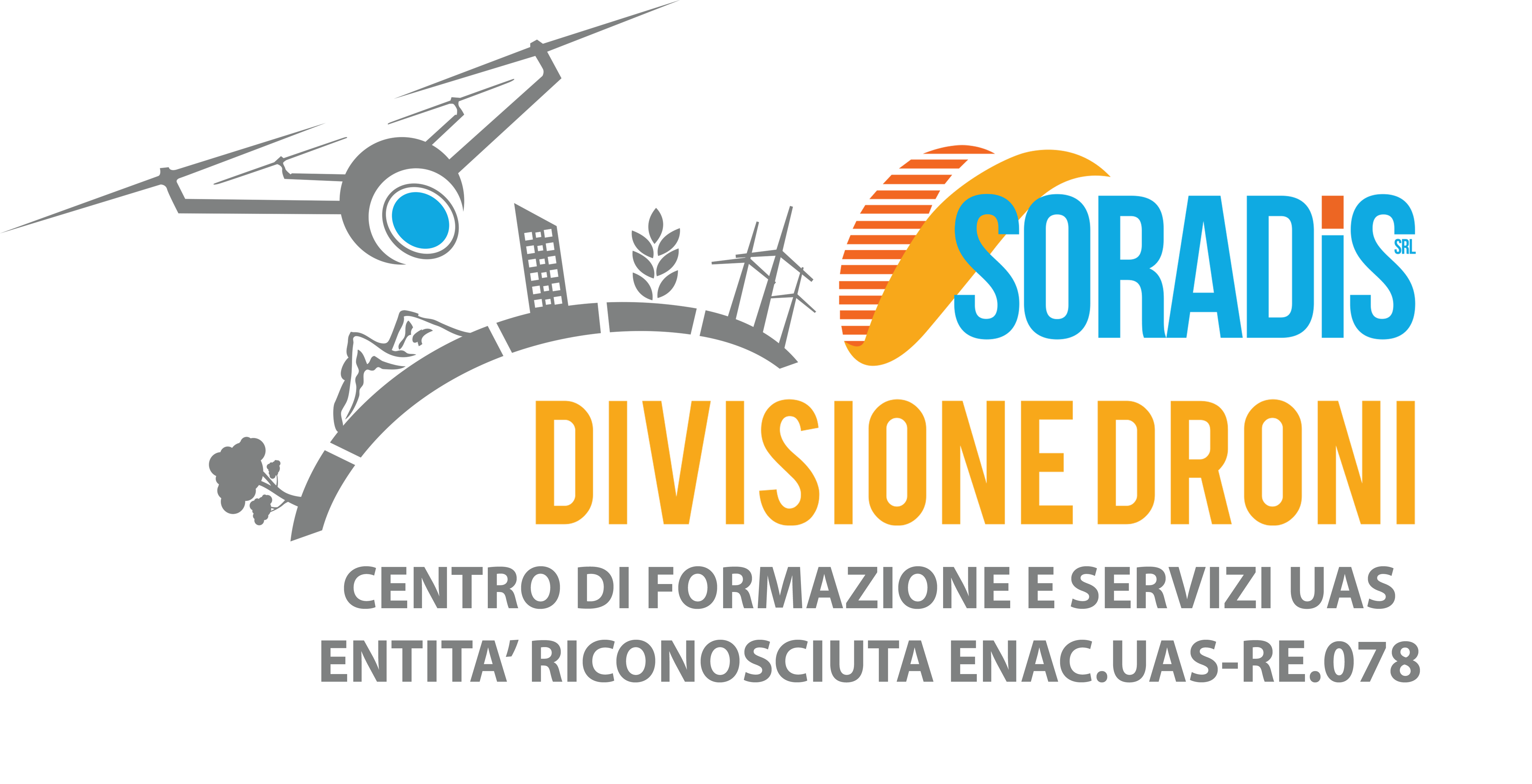Park and garden management
Redevelopment of green areas
Soradis S.I.A. S.r.l. also carries out periodic and/or extraordinary maintenance of parks and gardens, both public and private, performing pruning and felling with aerial platforms or using the "tree climbing" method. Thanks to our high specialization, special attention is given to all phytosanitary issues of the present plant species.
Green space management cannot be separated from a census (mandatory for municipalities with more than 15,000 inhabitants) and simultaneous preventive and periodic control of the arboreal and shrub equipment within a park or garden.
Censusing and checking the health of the plants allows planning suitable interventions for the protection of the plants themselves and the users. In particular, tree control is carried out according to methodologies aimed at verifying their health and/or stability.
Within Soradis S.I.A. S.r.l., there is a drone division capable of providing support for the census phase at variable heights of the furniture and arboreal and shrub equipment present. Additionally, we have in our staff Forest Engeneers, regularly registered with their professional order, capable of performing tree stability checks.
Among the methodologies existing today, the most used and well-known is the Visual Tree Assessment (V.T.A.), which allows conducting a phytosanitary investigation to assess the structural conditions of the tree.
The V.T.A. is based on the identification of any external symptoms that the tree manifests in the presence of anomalies affecting the internal wood; even where there are no cavities or macroscopic evidence of ongoing decay (for example, fungi developing on woody tissues), it is possible, through the recognition of these symptoms, to detect the signal of the presence of mechanical and physical defects inside the tree.
At the end of the verification, for each controlled plant, a sheet is drawn up where the species, the day of verification, the dendrometric data (diameter and height), a description of the vegetation site, and the health status of the individual parts of the plant (roots, trunk, and crown) are reported.
Finally, the plant is assigned a class of propensity to failure and any prescriptions (type of pruning, possible felling and replacement, next verification, endotherapeutic interventions, etc.)
The Italian Society of Arboriculture (S.I.A.) has drafted a protocol for verifying the stability of plants:
Below we present the new classification of the propensity for tree failure:
Class | Description | |
|---|---|---|
Class A Ngligible |
| |
Class B Low |
| |
Class C Medium |
| |
Class C/D High |
| |
Class D Extreme |
|


 English (United Kingdom)
English (United Kingdom)


